If you're planning a trip to Zimbabwe and are looking for a meaningful experience, a visit to Wild is Life should be on your itinerary. Located a stone’s throw outside of Harare, it’s a sanctuary that rescues and rehabilitates wildlife, with a focus on endangered and threatened species. A visit offers the opportunity to get up close to a variety of native African animals, while supporting a worthwhile cause.
This article will provide a comprehensive guide to visiting Wild is Life, including practical information, tips for an enjoyable visit, and insights into the important work being done by this remarkable organisation.
About Wild is Life
History
Wild is Life was founded in 2002 by Roxy Danckwerts, a Zimbabwean conservationist, with the aim of rescuing and rehabilitating wildlife. The sanctuary has since grown to become a leading force in wildlife conservation in Zimbabwe.
Overview of the rescue and rehabilitation work of Wild is Life
The sanctuary is home to a wide range of wildlife species. It rescues and rehabilitates animals that have been injured, orphaned, or confiscated from the illegal wildlife trade.
Did you know that pangolins are one of the most trafficked animals in the world? There is immense demand for their scales and meat (which are used in traditional Asian medicine). Poachers kill them by either beating them to death or boiling them alive to remove their scales. Horrific, to say the least.
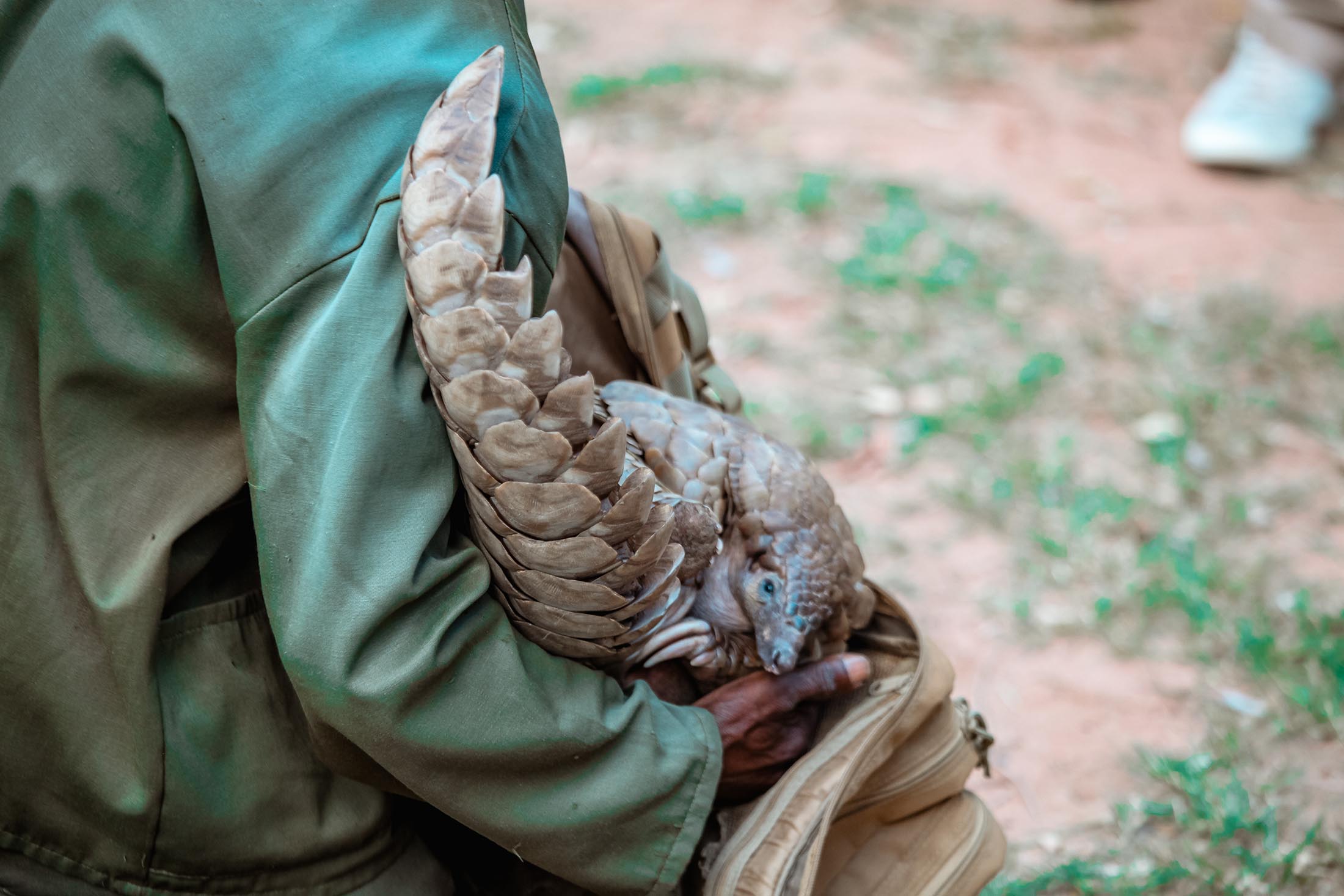

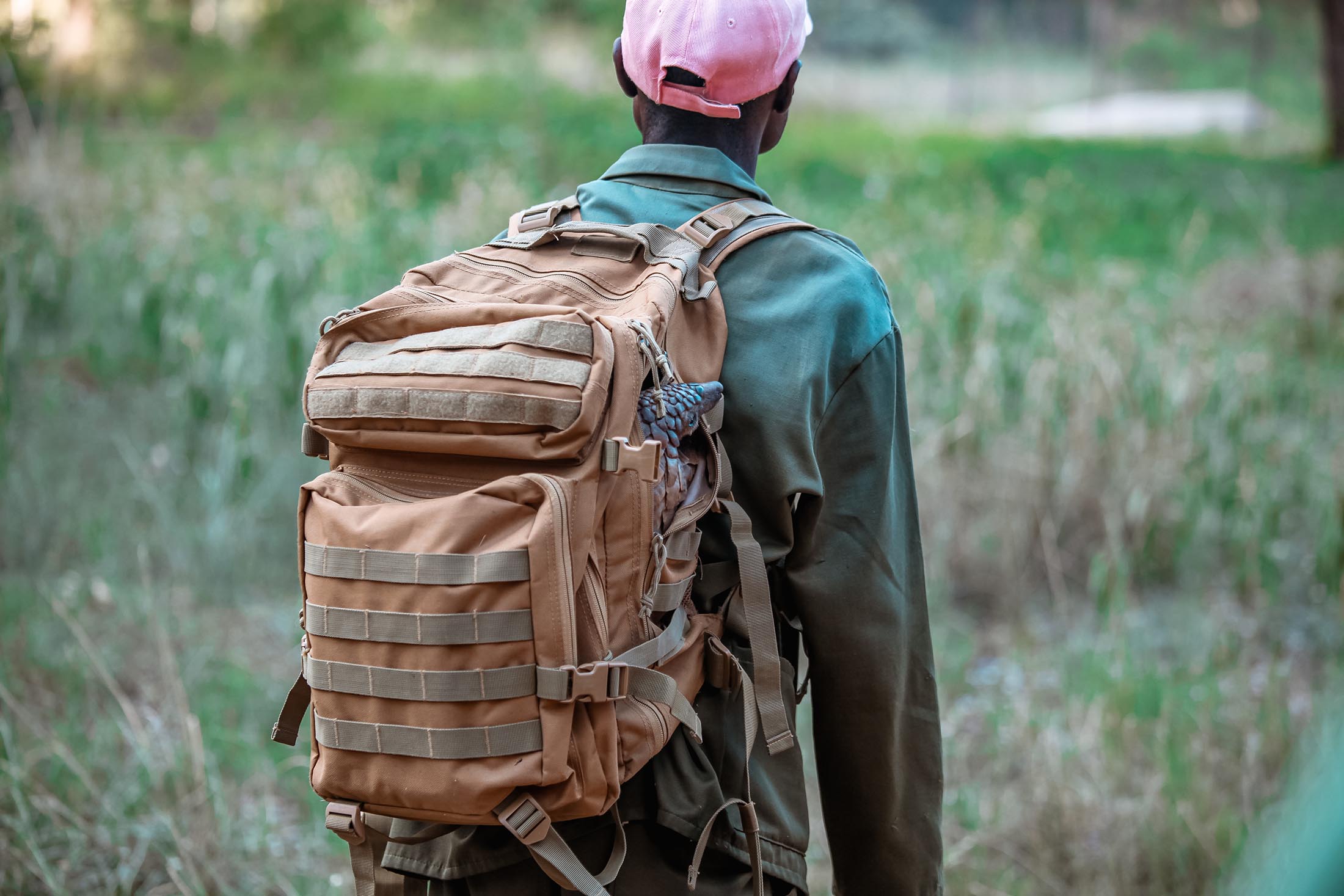
Once the animals at Wild is Life have been nursed back to health and are strong enough, they are released and return to the wild. The ultimate goal? To help restore Zimbabwe’s natural ecosystems.
The different animal species at Wild is Life
Visitors to Wild is Life can see a variety of animal species up close, including elephants, giraffes, lions, cheetahs, hyenas, and baboons. As mentioned, the sanctuary has a special focus on endangered and threatened species, such as pangolins, African wild dogs, and vultures.
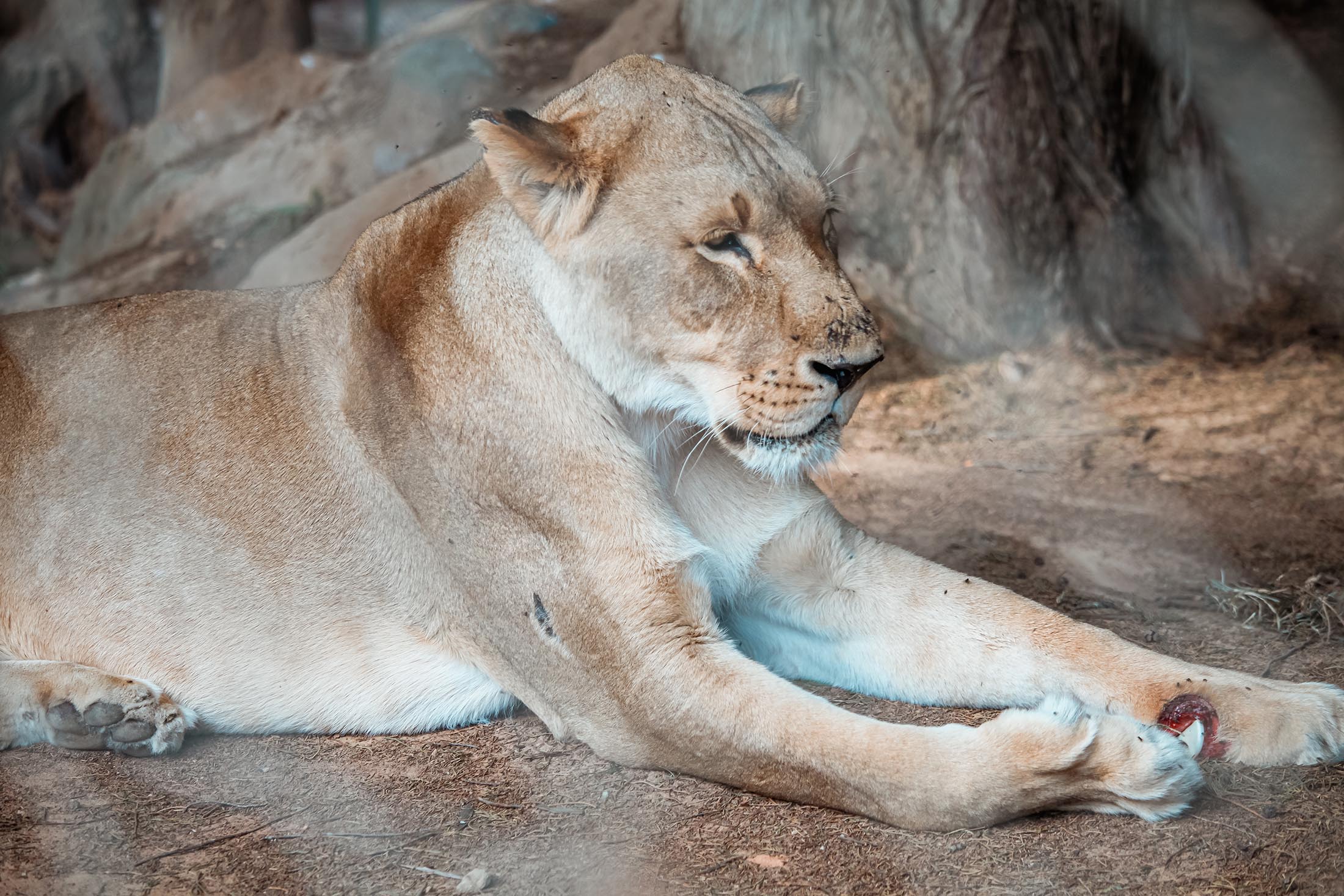

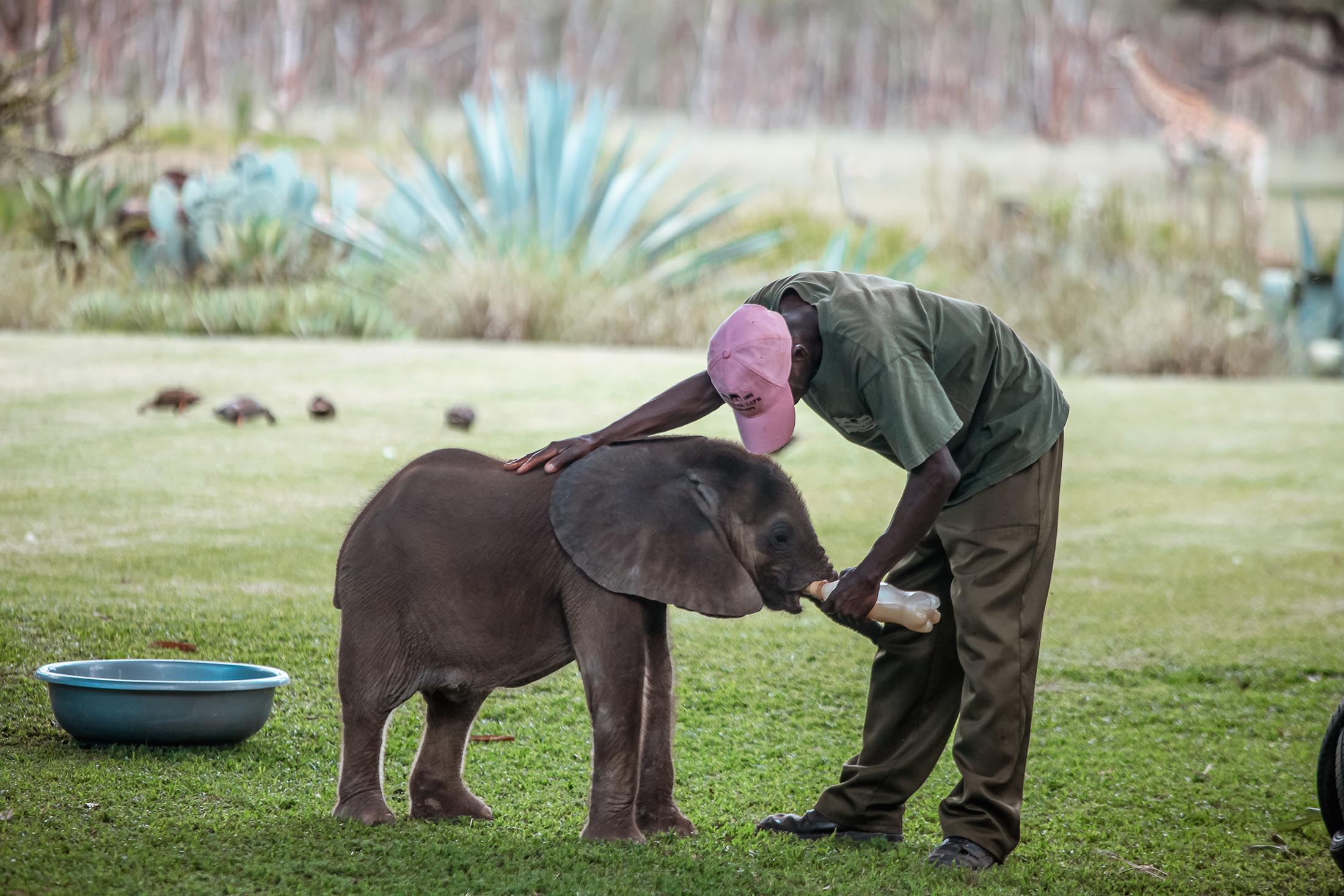
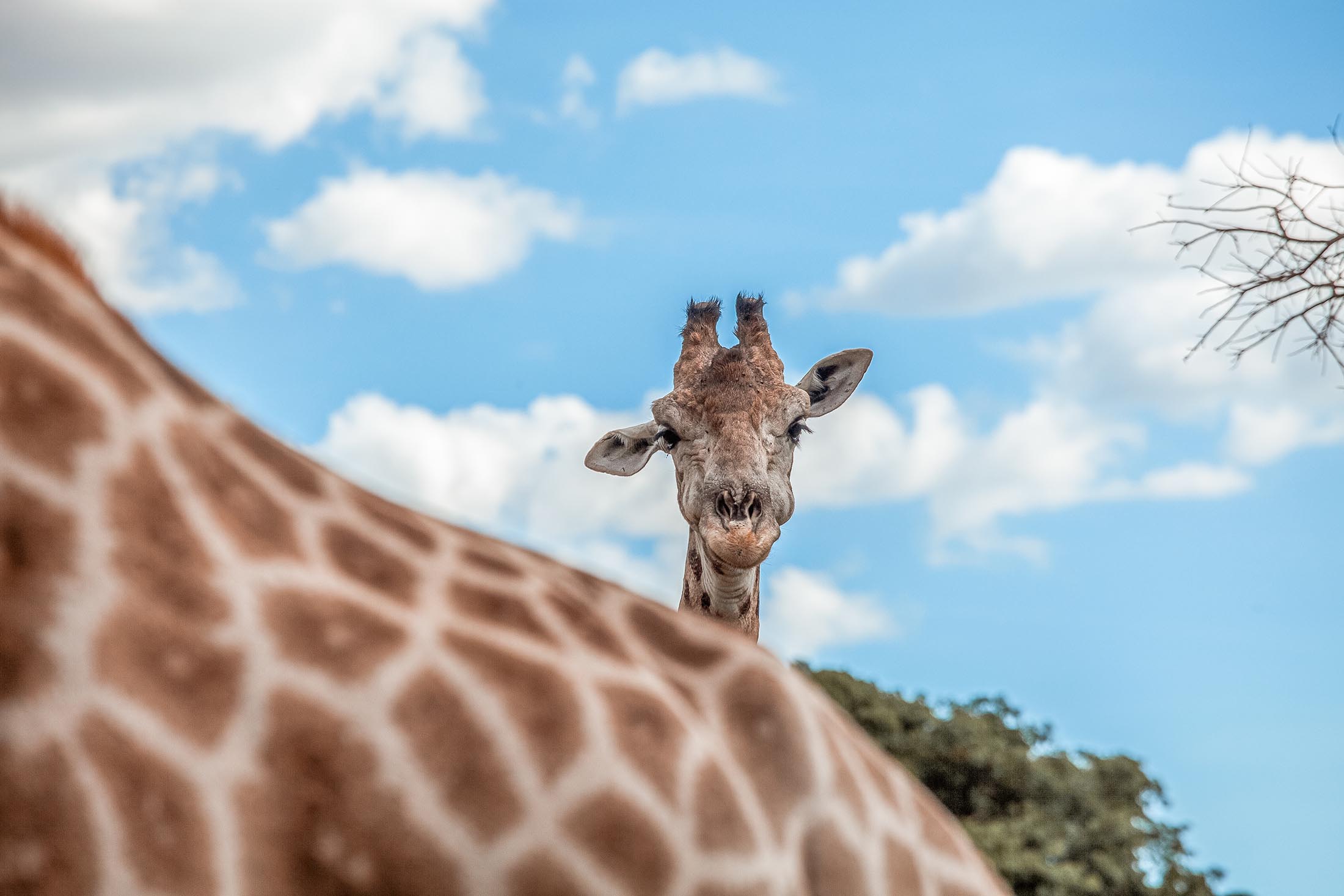
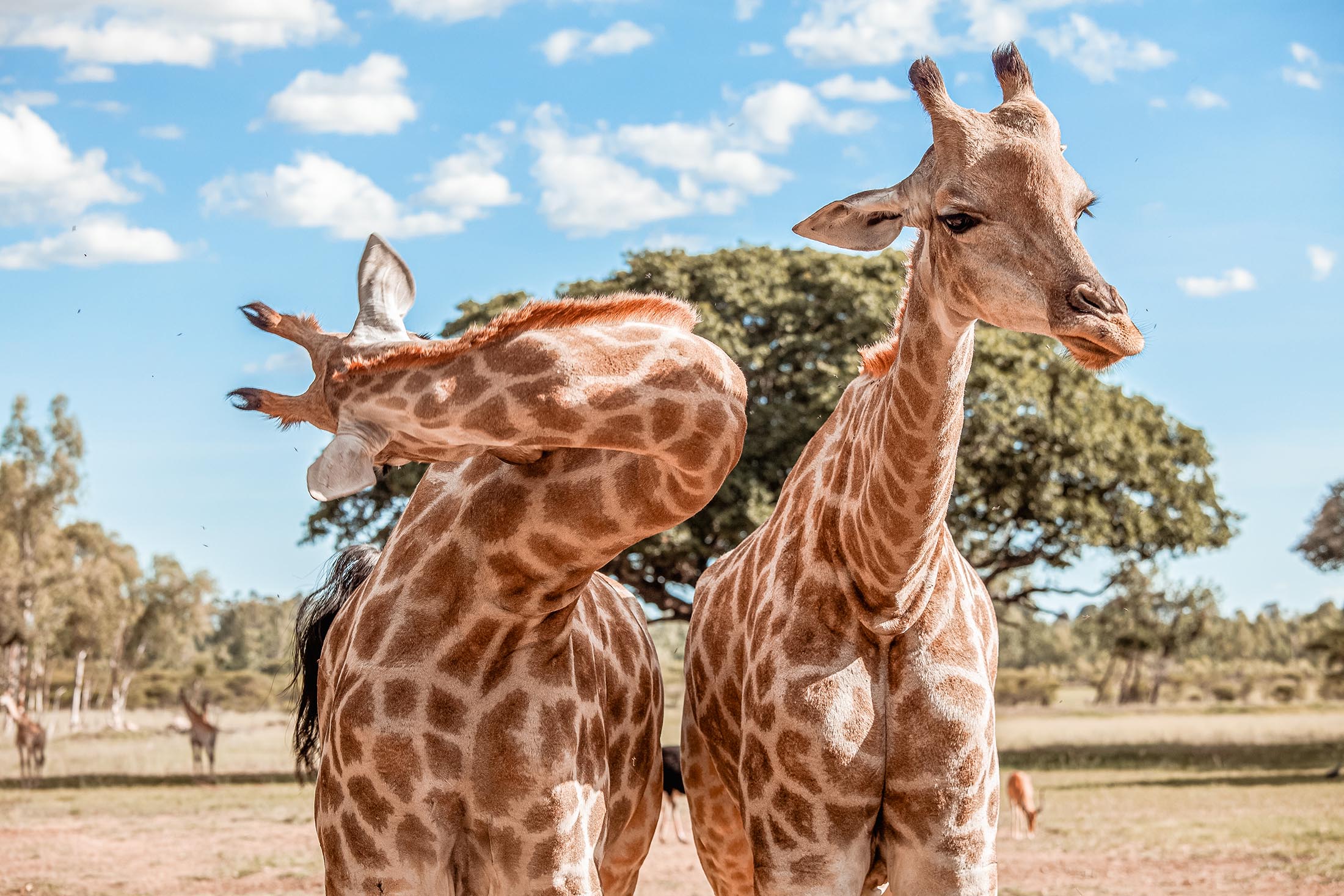

During your visit, you'll have the opportunity to learn about these incredible animals and the important work being done to protect them.
Save this article for future reference!
Visiting Wild is Life
How to get to Wild is Life
Wild is Life is located just outside Harare, Zimbabwe's capital city. The sanctuary is easily accessible by car, and there is ample parking available on site. If you're staying in Harare, you can also arrange for a taxi or private transfer to take you (the former of which I did).
Entrance fees and opening hours
Wild is Life is open to visitors every day of the week from 9am to 4pm. Admission fees vary depending on the type of visit you choose. A guided tour of the sanctuary costs $30 per person, while animal interactions start at $65 per person. All proceeds from admission fees go directly to supporting the sanctuary's conservation efforts.
Activities to do at Wild is Life
- Tour of the sanctuary: A guided tour of the sanctuary is a great way to learn about the different animal species, as well as the work being done to protect them.
- During the tour, you'll have the opportunity to see the animals up close and learn about their unique behaviours and characteristics. For example, I learned that the pangolin curls up into a ball and rolls away from danger, feeds on ants and termites and walks on their hind legs.
- Each tour includes a decadent high tea and canapes with cold drinks (at the end), enjoyed in a stylish barn. Sip on prosecco and watch the silhouetted animals move about to a backdrop of the setting African sun.
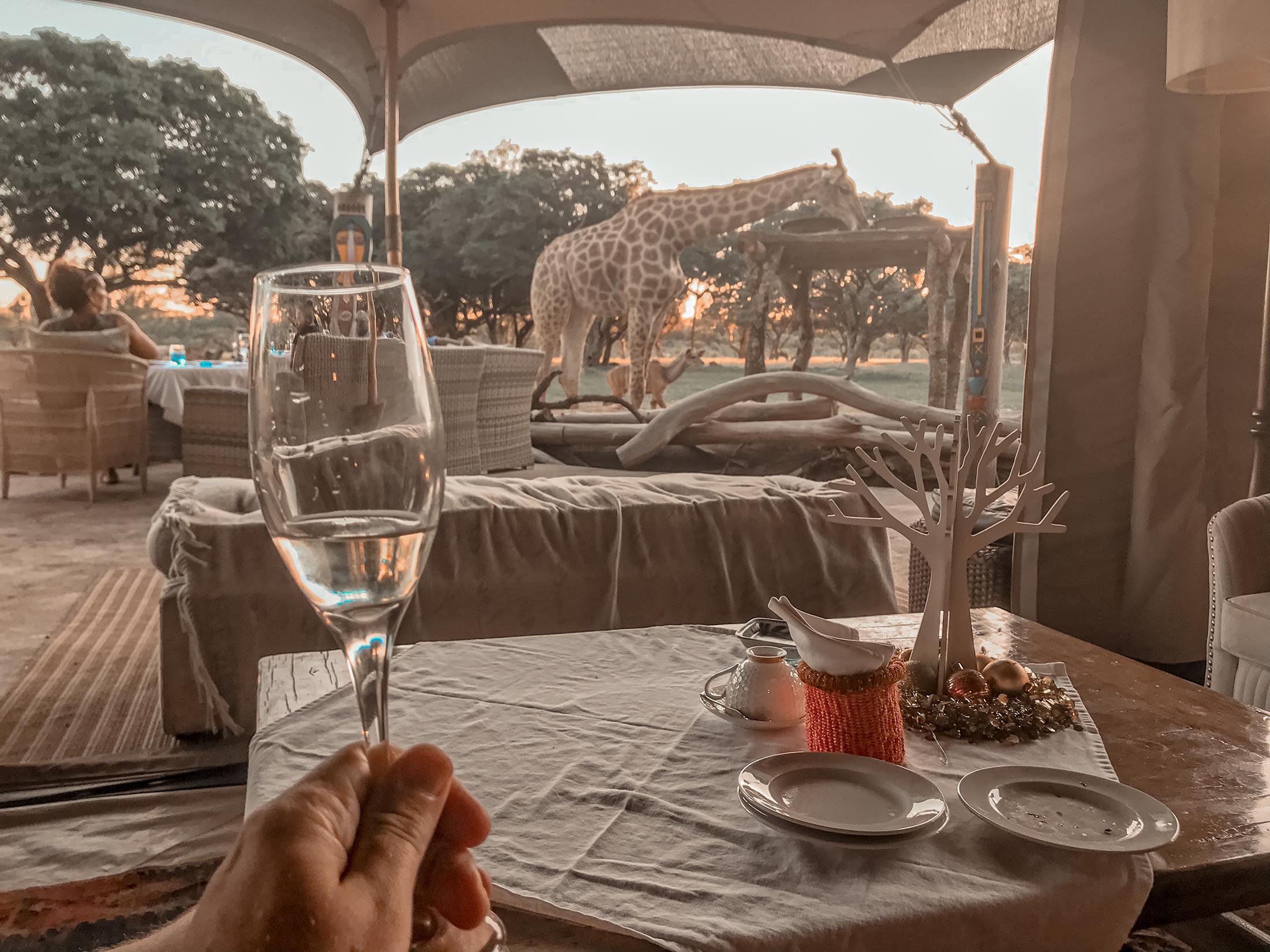
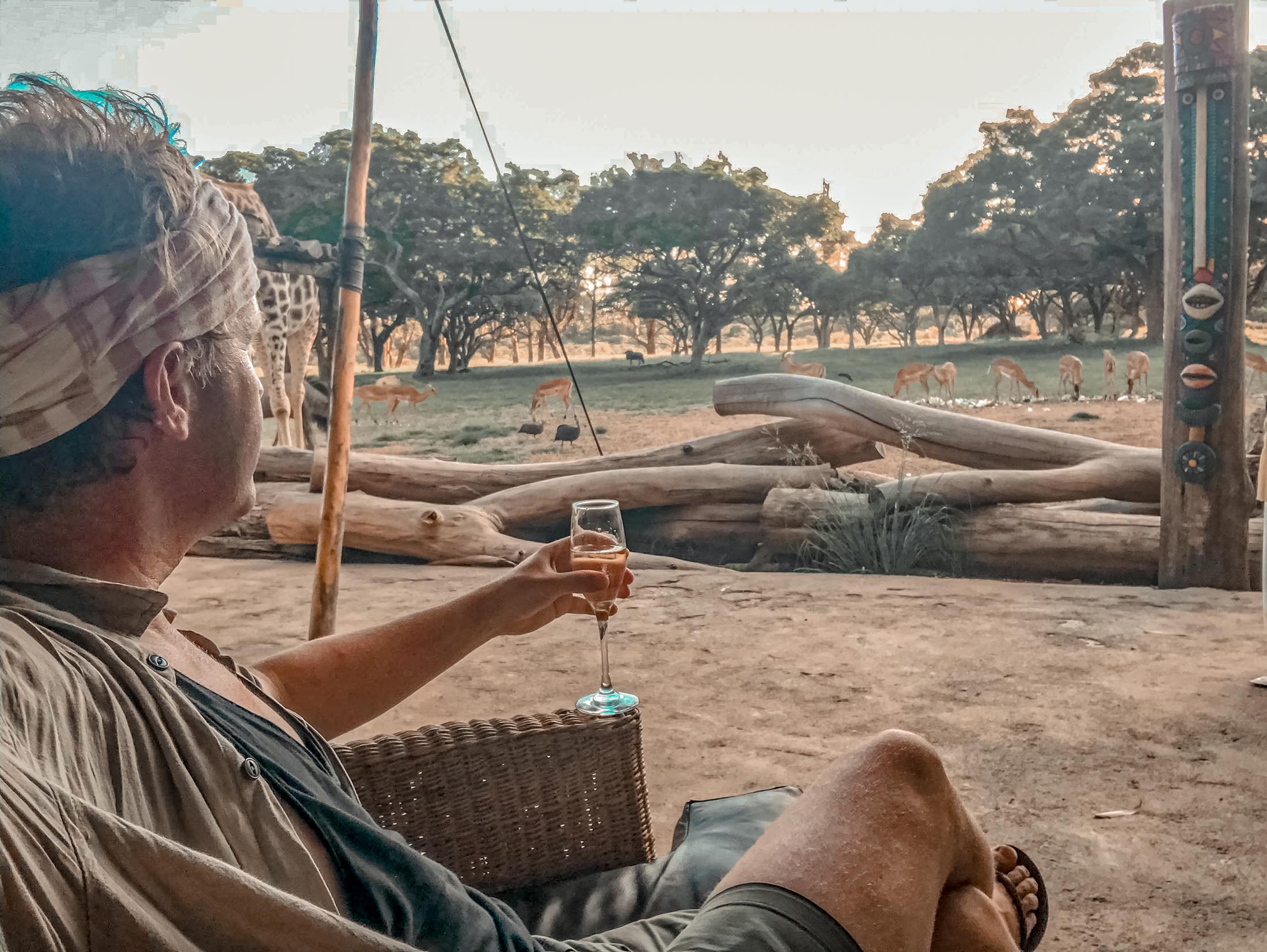
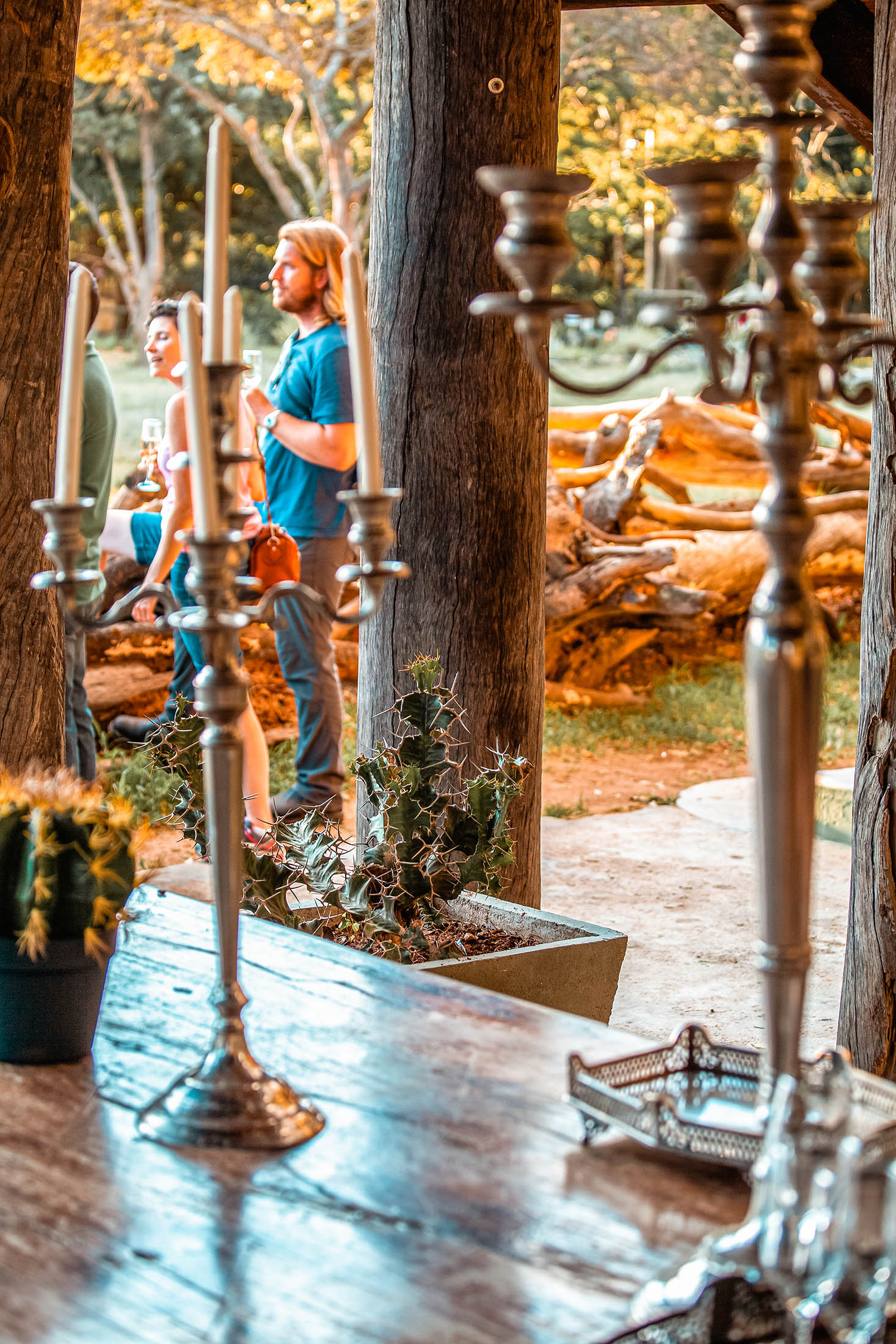
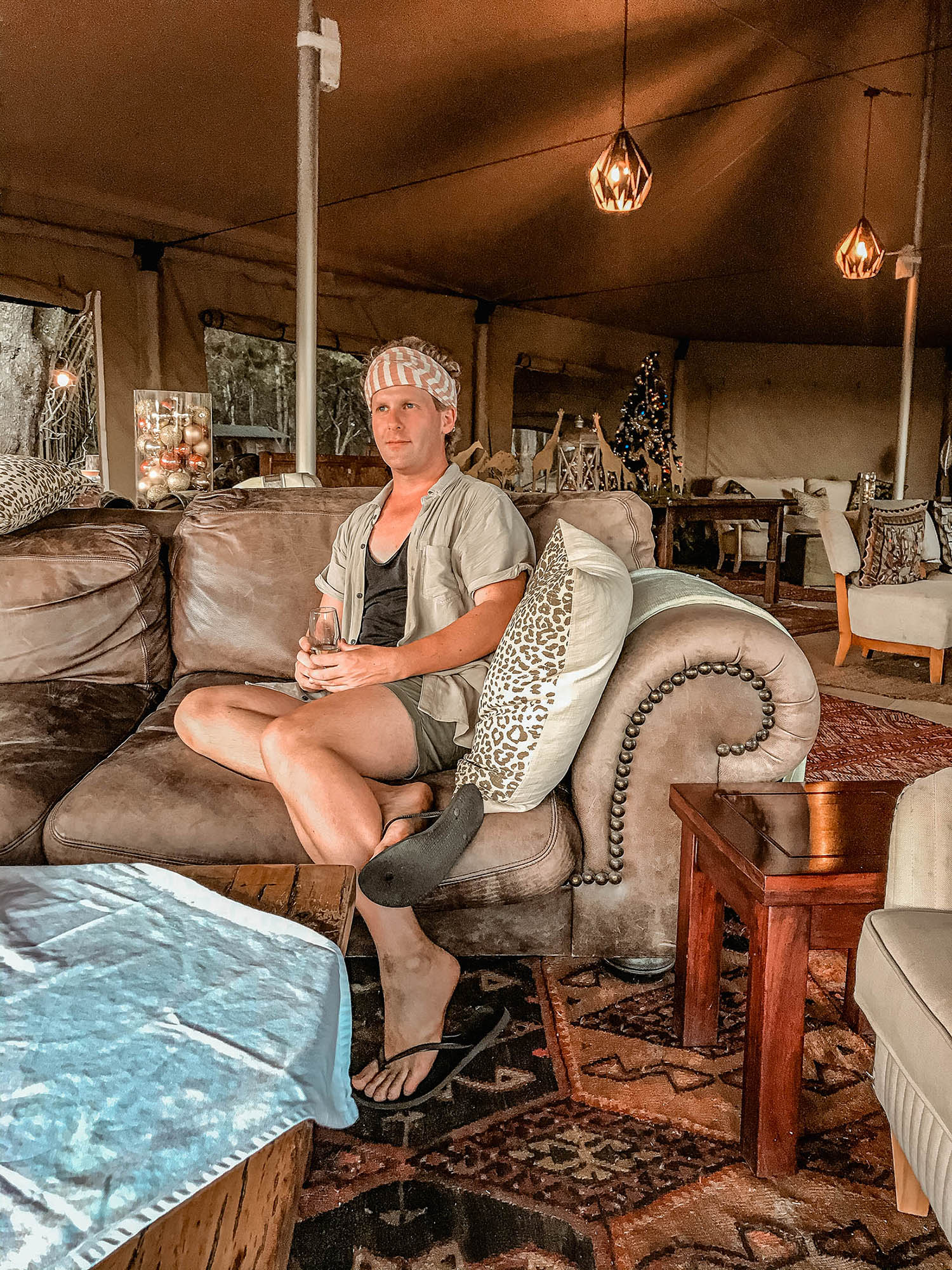


- Animal interactions: For an even more immersive experience, you can book an animal interaction. Depending on the animal species, you may be able to pet, feed, or even walk alongside them. These experiences offer a once-in-a-lifetime opportunity to be intimate with some of Africa's most incredible wildlife.
- Volunteer opportunities: If you're passionate about wildlife conservation, you may be interested in volunteering at the sanctuary. It offers a range of programs, from short-term placements to longer-term internships. As a volunteer, you’d be able to help with a variety of tasks, including animal care, construction, and conservation education.
Tips for a Memorable Visit
What to wear and bring
It’s important to dress appropriately for the weather of the day and outdoor activities. Wear comfortable, closed-toe shoes and clothes that you don't mind getting a little dirty. Clothing that’s light in colour and weight can be helpful in repelling heat (and insects).

Sunscreen, insect repellent, and a hat are also recommended. Don't forget to bring a camera to capture the unforgettable moments with the animals (my choice being a Canon 5D Mark II SLR … but an iPhone or Android would also be fine).
Respect the animals
Wild is Life is a sanctuary, not a zoo. While visitors can see the animals up close, it's important to remember they are still wild (and recovering from illness or injury) and should be treated with respect. Follow the guidelines provided by the sanctuary staff (detailed in the initiation shortly after arrival), and don't attempt to touch the animals outside of the allocated periods of interaction.
Support the sanctuary
Wild is Life relies on the support of visitors and donors to continue their important conservation work. Consider giving a donation. You can also spread the word about the importance of wildlife conservation to your friends and family (and feel free to share this article on your social platforms - buttons are at the top).
Plan a visit in advance
To get the most out of your visit, plan ahead. Book your visit and any animal interactions in advance (ideally more than one day before), especially during peak travel season. Check the weather forecast and dress accordingly. Allow plenty of time to explore the sanctuary and learn about the work being done.
Plan Your Wild is Life Visit
Visiting Wild is Life in Harare is unforgettable!
From learning about the sanctuary's history and conservation efforts to getting up close and personal with some of Africa's most incredible wildlife, there is something for everyone.
By following these tips and guidelines, you can make the most of your visit and support the sanctuary's important work.
So, why not plan a visit to Wild is Life today and discover the magic of this incredible sanctuary for yourself?
My visit was both remarkable and meaningful, as will be yours.


